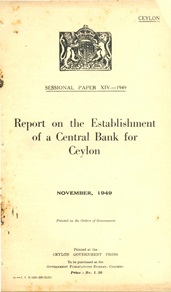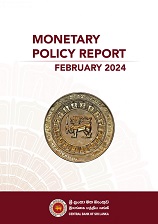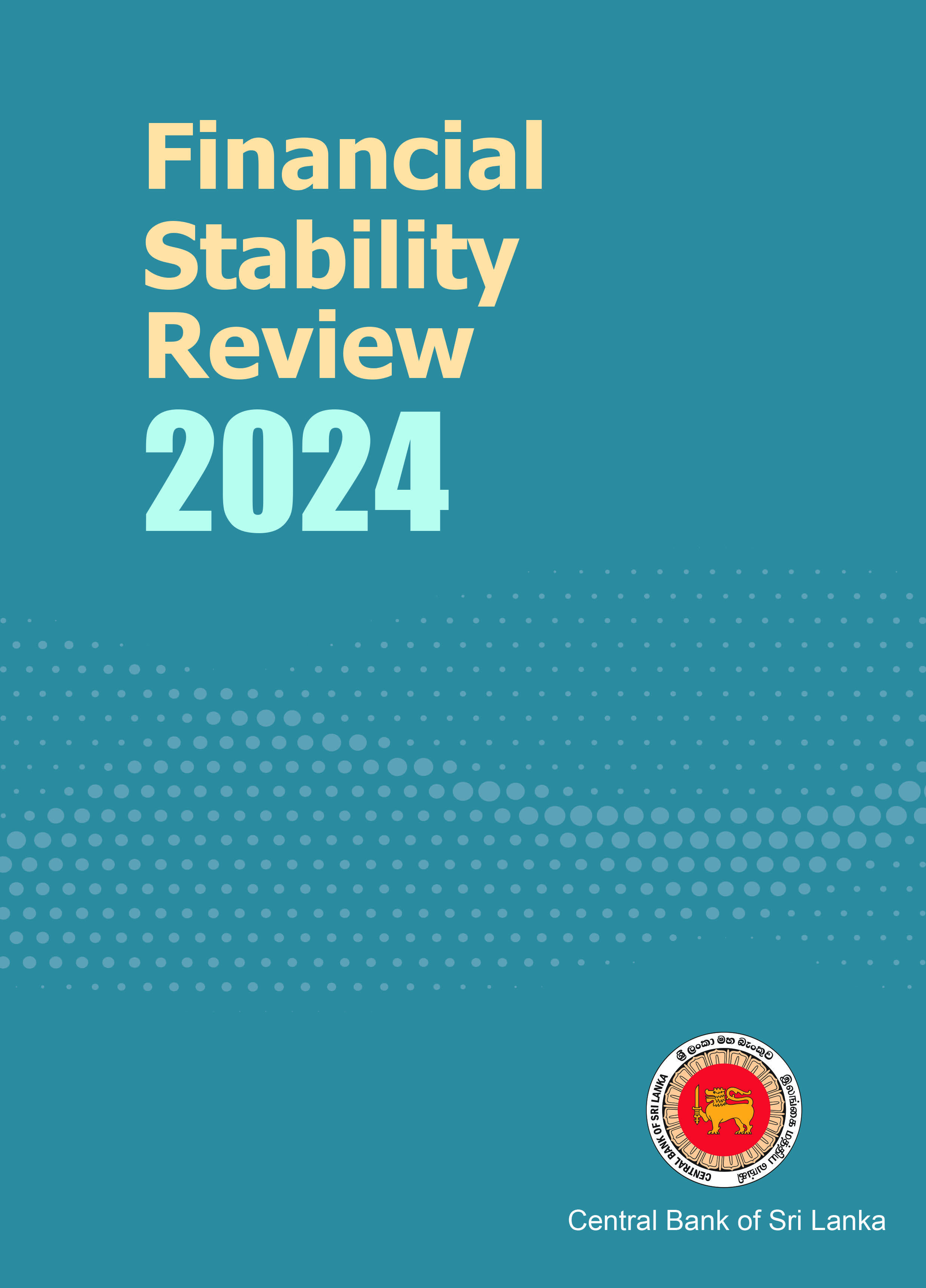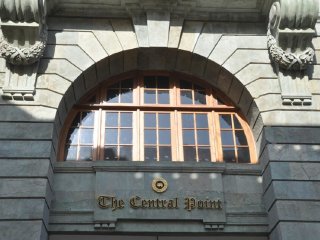Considering developments in the domestic and international macroeconomic environment, the Monetary Board, at its meeting held on 06 November 2017, was of the view that the current monetary policy stance is appropriate. Accordingly, the policy interest rates of the Central Bank of Sri Lanka will remain unchanged at their current levels.
The decision of the Monetary Board is consistent with the objective of maintaining inflation at midsingle digit levels over the medium term and thereby facilitating a sustainable growth trajectory. The rationale underpinning the monetary policy stance is set out below.
Global economic activity is expected to strengthen further, according to the latest update of the World Economic Outlook of the International Monetary Fund (IMF) in October 2017, driven by improvements in global trade and manufacturing. Alongside improved external conditions, the Sri Lankan economy is expected to perform better during the second half of the year as a result of the continued positive momentum of the Industry and Services sectors and the modest recovery in the Agriculture sector. Although the economy remains vulnerable to supply-side disruptions stemming from weather related disturbances and rising global commodity prices, the implementation of the envisaged structural reforms and the realisation of inflows of foreign investments over the medium term are expected to improve the resilience of the economy.
Continued weather related disruptions weighed negatively on domestic food prices, which was reflected by the rise in headline inflation, measured using the Colombo Consumer Price Index (CCPI, 2013=100) as well as the National Consumer Price Index (NCPI, 2013=100). However, core inflation, which is closely influenced by demand management policies, remained subdued reiterating that the recent escalation of headline inflation is supply driven and is of short term nature. Accordingly, inflation is expected to moderate from December 2017 and reach the desired levels in 2018, underpinned by appropriate monetary conditions as well as the dissipation of the ‘one-off’ effects of tax revisions on inflation.
In the monetary sector, the growth of credit to the private sector from commercial banks continued to moderate in September 2017 as envisaged. Net credit to the government (NCG) also recorded a decline largely on account of the retirement of Treasury bill holdings of the Central Bank. With repayments made by key public corporations, the declining trend in credit to public corporations observed since June 2017 continued in September as well. With improvements in net foreign assets (NFA) of both the Central Bank and commercial banks, overall NFA of the banking system turned positive in September 2017. The build-up of NFA also contributed to the expansion of broad money supply (M2b). Meanwhile, in response to improved rupee liquidity in the domestic money market, some bank interest rates moved downwards in recent months.
In the external sector, the improvement in export performance during the first eight months of the year was outweighed by the notable increase in import expenditure, particularly on fuel, rice, and gold. Accordingly, the cumulative trade deficit widened during the first eight months of the year. Although tourist arrivals and associated foreign exchange inflows grew on a cumulative basis, workers’ remittances continued its declining trend mainly due to geo-political uncertainties in the Middle East. The rupee denominated government securities market and the Colombo Stock Exchange (CSE) continued to attract foreign inflows. Amidst these developments, the Central Bank’s cumulative purchases of foreign exchange from the domestic market exceeded US dollars 1.2 billion on a net basis, and gross official reserves improved to US dollars 7.5 billion by end October 2017 from US dollars 6.0 billion at end 2016. With increased flexibility in the determination of the exchange rate, the pressure in the domestic foreign exchange market has eased considerably. This has limited the cumulative depreciation of the Sri Lankan rupee against the US dollar to 2.5 per cent in the first 10 months of the year, in comparison to the depreciation of 3.8 per cent observed during the year 2016.
Against this backdrop, the Monetary Board decided to maintain the Standing Deposit Facility Rate (SDFR) and the Standing Lending Facility Rate (SLFR) of the Central Bank at 7.25 per cent and 8.75 per cent, respectively.
Monetary Policy Decision: Policy rates unchanged
Standing Deposit Facility Rate (SDFR) 7.25%
Standing Lending Facility Rate (SLFR) 8.75%
Statutory Reserve Ratio (SRR) 7.50%
The release of the next regular statement on monetary policy will be on 28 December 2017.










